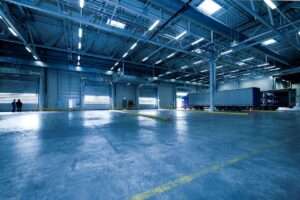If you’re wondering where you should replace your traditional lights with LED lights, the simple answer is: almost anywhere! LED lights are durable, long-lasting and energy efficient. They are low maintenance and are great for hard to reach areas. In fact, there are few situations where LED lights wouldn’t be a better option than traditional lighting.
Many people still have questions about LED light applications and there are a few specific LED light uses that require special consideration.

LED Lights and sensitive fabrics and art
Different light sources affect the rate at which fabric or artwork fades over time. The largest factor to consider is the amount of ultraviolet light that a light source produces. Natural sunlight is the most harmful followed by incandescent and fluorescent lighting. For a long time, ESL (electron stimulated luminescence) bulbs were the recommended choice for preserving art and fabrics. However, the improvement in LED lights has meant that they have replaced ESLs as the recommended choice for lighting artwork, closets and wardrobes. LED light are the only bulbs that produce no ultraviolet light and therefore are completely safe for fabrics and works of art.
If you are thinking of adding an LED light to your wardrobe or closet, consider pairing the light fixture with a motion sensor or automatic switch to turn on the bulb whenever the door is opened.
LED lights and greenhouses
No matter what size your greenhouse operation is, LED lights have been shown to be the most cost effective option for artificial lighting. One particular benefit of LED lights is that they can be designed to emit specific parts of the light spectrum. With that technology, growers can intentionally activate certain photoreceptors within a plant to optimize plant growth. LED lights also produce virtually no heat which can help growers more accurately regulate the temperature in their greenhouse. Plants that are grown with attention given to their light needs throughout their lifespan grow more quickly and are stronger than plants grown in sunlight.




